Transport System of London
(Copyrighted Content by Aung Myo Myint – Not for Re-use)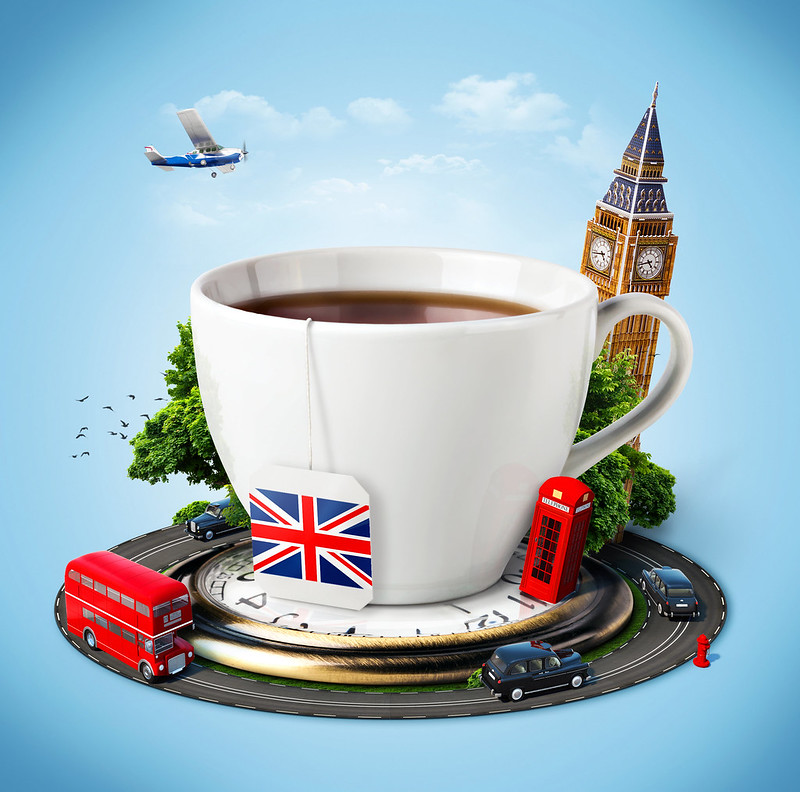

London has one of the world’s great transport systems. The city has its own extensive and dense internal public and private networks, so the all the roads, rails and air networks are covered. The internal system is administered by the executive agency Transport for London or better known as TfL.

TfL is in charge with the public transport, which includes the Underground, London Buses, Tramlink, the Docklands Light Railway and the London Overground. The only things that TfL doesn’t control are the minor roads.

There are three different railways that operate in London. The largest of all is the London Underground or as they call it the Tube or Met, which has sub-surface lines and deep-level tube lines. Is the first metro system in the world with 11 lines that connect the suburbs to Central London. The Met serves the north of the city more than the south and it should be noted that the majority of the Underground is actually on the surface.
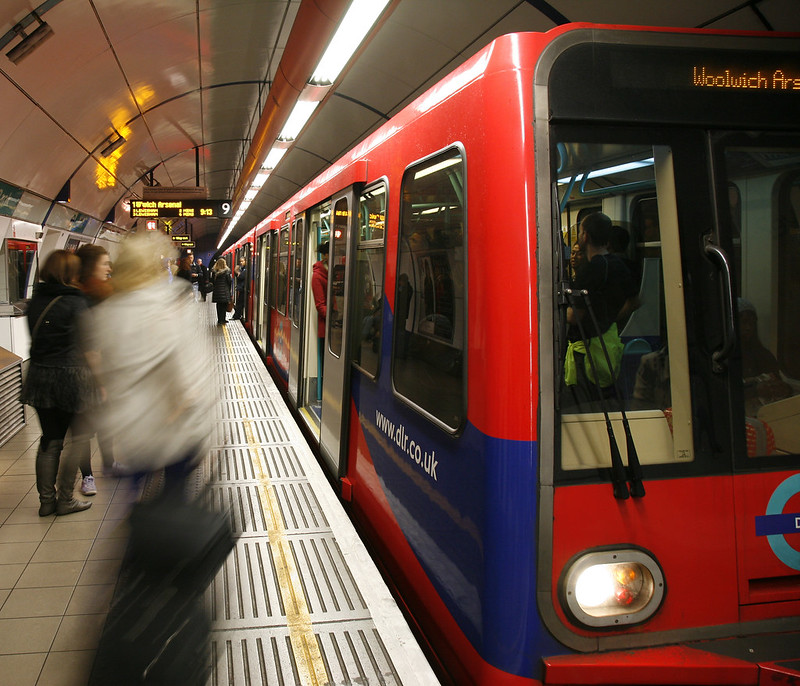
The second one is the Docklands Light Railway (DLR), an automated light metro system that serves the Docklands area of London. It runs on minimal staff and it reaches north to Stratford, east to Beckton, London City Airport and Woolwich Arsenal, south to Lewisham and west to Tower Gateway.
The former tramway was the oldest in the world, dating to early Victorian time. The new tram system, named Tramlink was opened in 2000 and serves Croydon on the south of London connecting it with the surrounding suburbs, the center of Wimbledon with the north-west. If you want to see the old system, check the Kingsway tramway subway, it’s an underground route along Kingsway.
As I said, London has it all. For example, three of London’s airports have an automated people mover, which directs passengers between terminals along guided tracks. The same system is used in small areas like theme parks and downtown districts.
If these aren’t enough, well London has more to offer. If an area isn’t served by the DLR or the Underground, it will most definitely have a commuter heavy rail service. A heavy rail is basically an electric railway with a capacity to handle a heavy volume of traffic and it refers to international rail (Eurostar), intercity rail services and regional rail. The British railway network has 18 major stations that provide a combination of intercity, airport, commuter and international services. London is linked with Paris and Brussels by High Speed 1 via Channel Tunnel.

London Overground (LO) is a rail network that serves the urban and suburban of Greater London and parts of Hertfordshire. It has 83 stations for six lines and is controlled by the TfL. The rail is an addition to the city’s radial lines and cross-London routes that connect peripheral inner-London suburbs. The system although is new, was introduced in 2007, has been formed by connecting existing railway lines to form a circular route around the city and incorporates the oldest part of the Underground’s history.
Dedicated train services and standard commuter services serve the Heathrow, Gatwick and Stansted airports. Gatwick Express from Victoria and Stansted Express from Liverpool Street are provided by train operating companies, whilst the Heathrow Express from Paddington is provided by the airport operator.
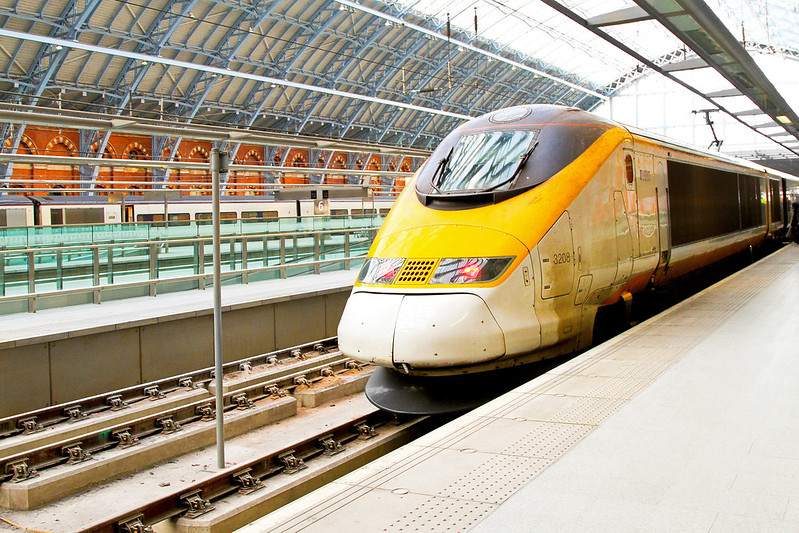
International traveling is made with the Eurostar from St. Pancras to Paris Gare du Nord and Brussels Midi via Channel Tunnel. Eurostar is a high-speed railway service that not only connects London with Paris and Brussels but it also has limited services to Disneyland Paris and to southern France in summer and the Alps in winter. Eurostar is very popular among passengers that travel cross-channel and carried more than all airlines combined.

Traveling in London maybe expensive, but the TfL provided commuters inter-modal travel tickets. Oystercard has the size of a credit card, but is a very useful electronic ticket which offers commuters almost unlimited trips with London Underground, London Overground, DLR, Tramlink, London Buses and National Rail services. Oystercard is not valid outside London or on several airport express services.
If you enter London from further afield you can easily use a Travelcard and combined with a National Rail ticket, offers the same inter-modal access but valid only at the regional railway stations. Travelcards can be bought from TfL for a varied period of time from one day to a year.
Both cards fares are calculated by using a special system of fare zones that divides London in concentric numbered 1-6. Mostly, the individual transport operators offer their own ticketing fares. Combine the Travelcard with a London Pass and you will have some discounts through London’s attractions.
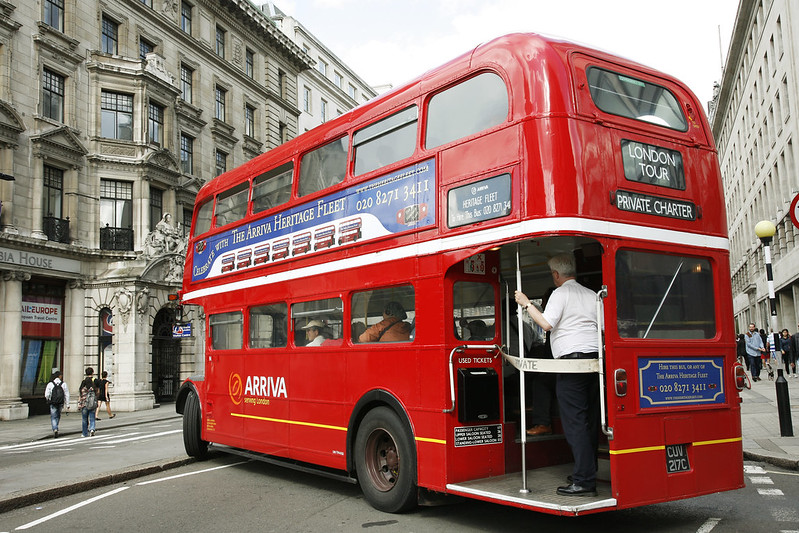
No tourist should pass through London and not try even once the famous red double-decker bus. This bus has become an internationally recognized British icon, although through time the design and operation have changed. There are over 6,800 scheduled services every day that carry over six million passengers on more than 700 routes, making it the largest bus system in Europe.
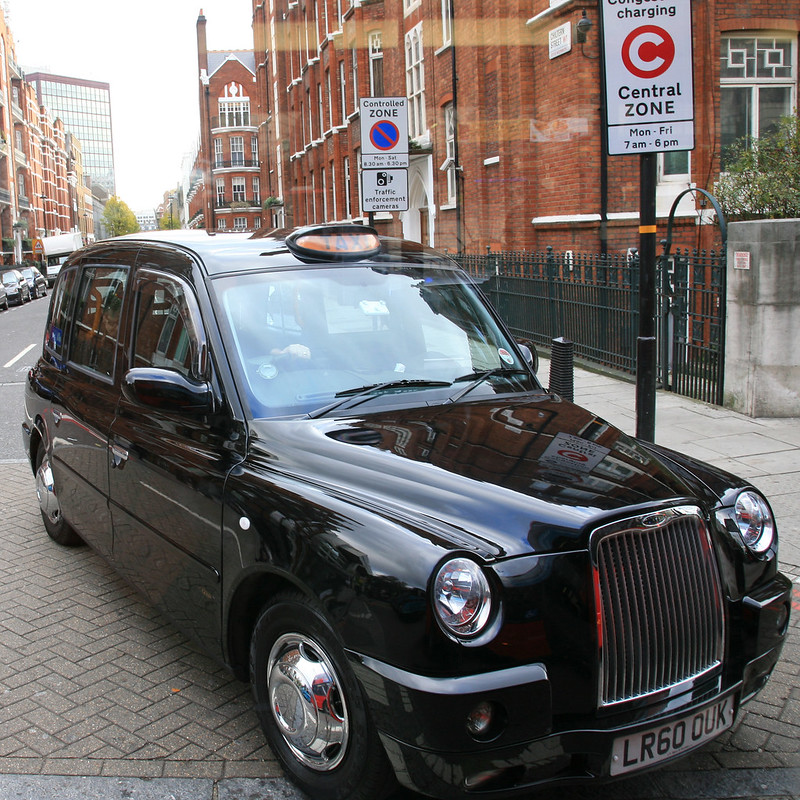
Another iconic symbol for the British is the black cab. It’s very hard to find one because the cab drivers have to learn the city inside out for at least three years so that they gain ‘The Knowledge’. In London, all the cab drivers are licensed by TfL’s Public Carriage Office or PCO.
A very fun way to visit London is on a bike, a horse-drawn vehicle, a bicycle taxy or a pedicab. Pedicabs are relatively new, no test of knowledge is required, they are not licensed and usually they charge whatever they like.
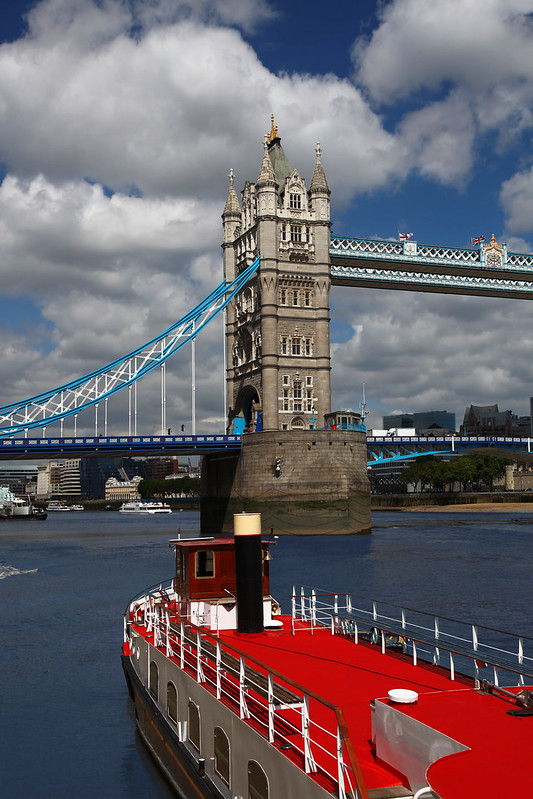
Being ‘cut’ in half by a river has its advantages. The River Thames is navigable and there are a large number of leisure cruises or bus commuter services operated by London River Services or LRS. The Thames is linked with Grand Union Canal by the Regent’s Canal and in the summer months is great to see the city from a ‘water bus’.

London has the best six airports in the world that serve almost 150 million passengers. The biggest is Heathrow, followed by Gatwick, Stansted, Luton, London city and London Southend Airport. The first two are for European and domestic flights; Stanted, Luton and Southend are for low-cost European and domestic services and the London City is for business passengers and domestic destinations.
Comments
Post a Comment